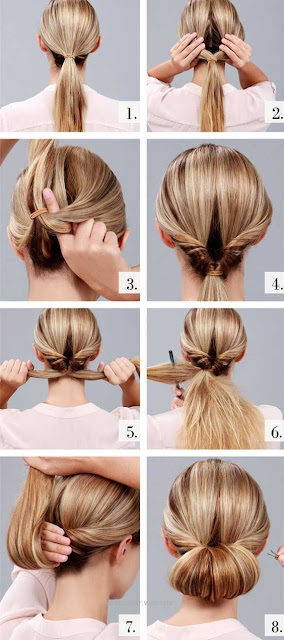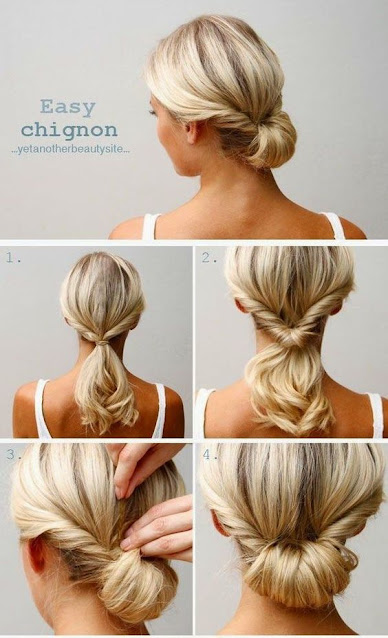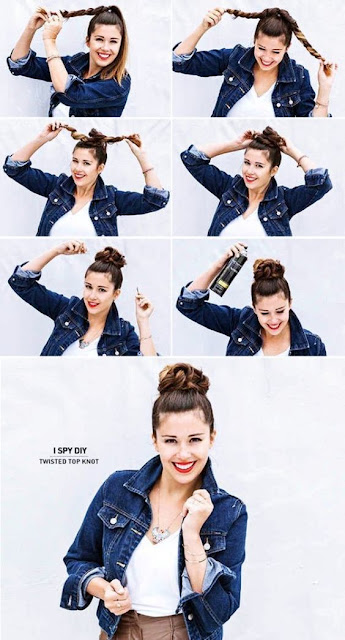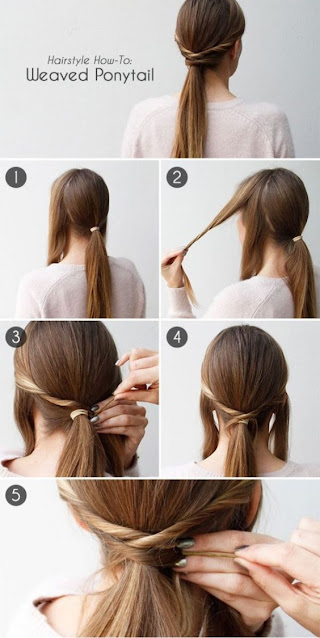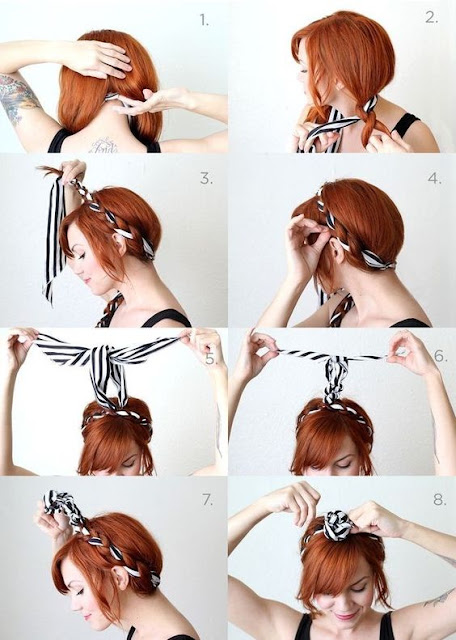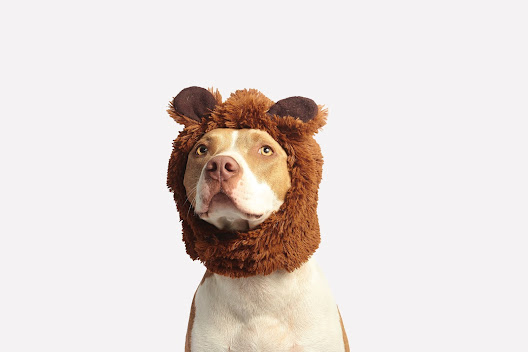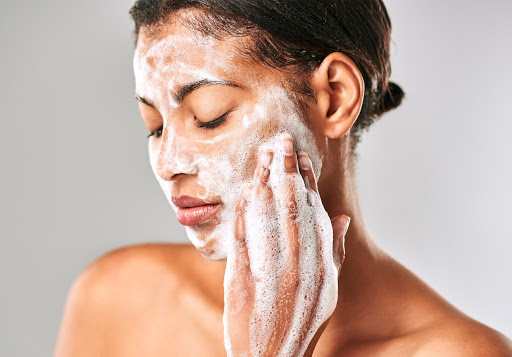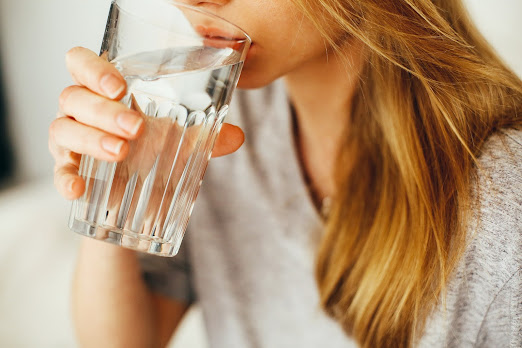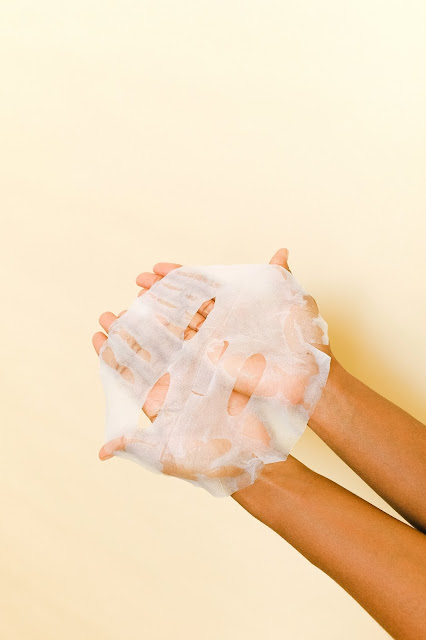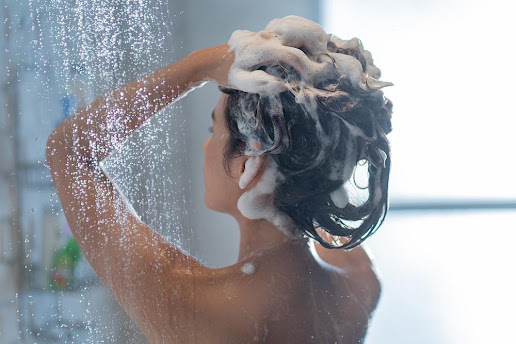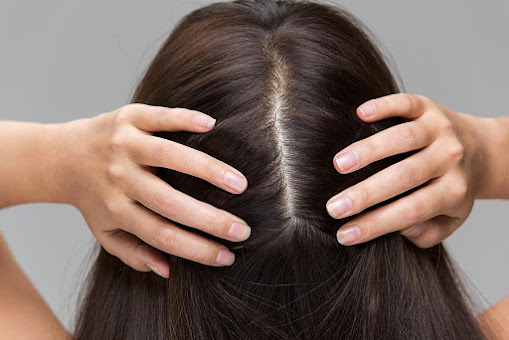Dry skin:An aggravating skin care problem in itself, but the eye area seems to provoke an additional moan of frustration. This is because the delicate tissue is already super thin, so any dryness is prone to itching, peeling and irritation. Not sweet.
But what exactly causes dry skin around the eyes and how can this shimmer be kept soft and supple? There's more to it here than you might think.
What Causes it
Most often, dry, flaky skin around the eyes has two main causes: allergic reactions (or contact dermatitis) or genetic skin conditions. While other factors can play a role as well (think dry weather, sunburn, or just just aging), these two often fit the bill. Of course, you can only face ordinary dry skin. Because the area is so thin, it is naturally more prone to drought. Annoying, sure, but not necessarily a cause for concern; You can soothe and protect the gossamer skin with ease, as you will see.
How to Treat Dry Skin
Delaying the onset of dry skin around the eyes is just as important as treating the irritation itself. The good news is, there are a number of ways you can do both.
1.Protect the eye area with sunscreen.
The eye area is often neglected when using sun protection factor - but you should take the time to rub a suitable sunscreen over your eyelids. "The last thing you want is sunburn in this area," says Downie. "Unfortunately, sunburn can make your skin wrinkle faster." It is well known that wrinkles are associated with dryness; after all, dry, flaky skin only increases these wrinkles. Remember, sunburns can manifest themselves in retrospect as irritation, itching, and peeling - what you consider "dryness" can very well be sunburned skin.
2. Use fragrance-free beauty products.
Artificial fragrance is a common attacker for sensitive skin. And because the eye area is so sensitive, you may need to invest in gentle, hypoallergenic products, even if you think your skin isn't as sensitive overall. "Don't use anything scented or scented around your delicate eye tissue," says Downie.
(Note: even products labeled "unperfumed" may still contain fragrances, so look for truly fragrance-free options).
3. Replenish ceramides in your skin.
People with chronically dry and sensitive skin naturally have fewer ceramides, the naturally occurring lipids in our skin cells that act as a moisture barrier. That is why you can find them in many skin care products that are marketed for dry and sensitive skin. And while it's a good thing to use ceramides topically, they only offer their benefits to the top layer of skin which is why you need to ingest them so your body can increase its natural levels too. In fact, a clinical study shows that oral ingestion of ceramides can help the skin just as well as prescription topical ceramides.
Phytoceramides (only vegetable ceramides) help to reduce dryness and wrinkles and at the same time significantly improve the moisture, elasticity and suppleness of the skin free radicals and rhodiola against oxidative stress in the body. * The result: An innovative, targeted supplement that increases the natural moisture content Your skin and makes the eye area appear plump and full of moisture.
4. Know when it is time to toss your makeup.
Remember, if a product is old and caked, there is a good reason. While you may hear of old tricks and tips for extending the shelf life of your products (like adding eye drops to your mascara), reviving these old items can do more harm than good. Ciraldo even suggests investing in new eye makeup every six months just to be on the safe side.
5. Wet the area.
It may sound obvious, but it has to be repeated: Dry skin literally cries out for moisture. If you have chronically dry skin, consider applying a moisturizer or nourishing eye cream to moisturize and soothe the area. Especially at night when the skin is more permeable, as your skin loses significant moisture while you sleep - a pesky little thing known as transepidermal water loss. Locking in moisture with a reliable eye cream can combat dryness before flaking and irritation appear.
NOTE:
PLEASE Use the
Older Post and
Newer Post buttons just below comment box to navigate between posts.

